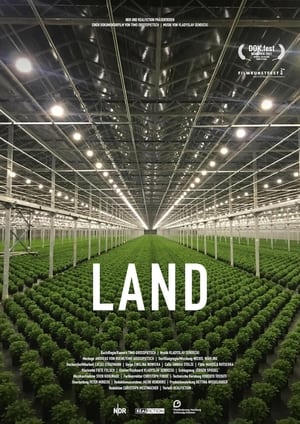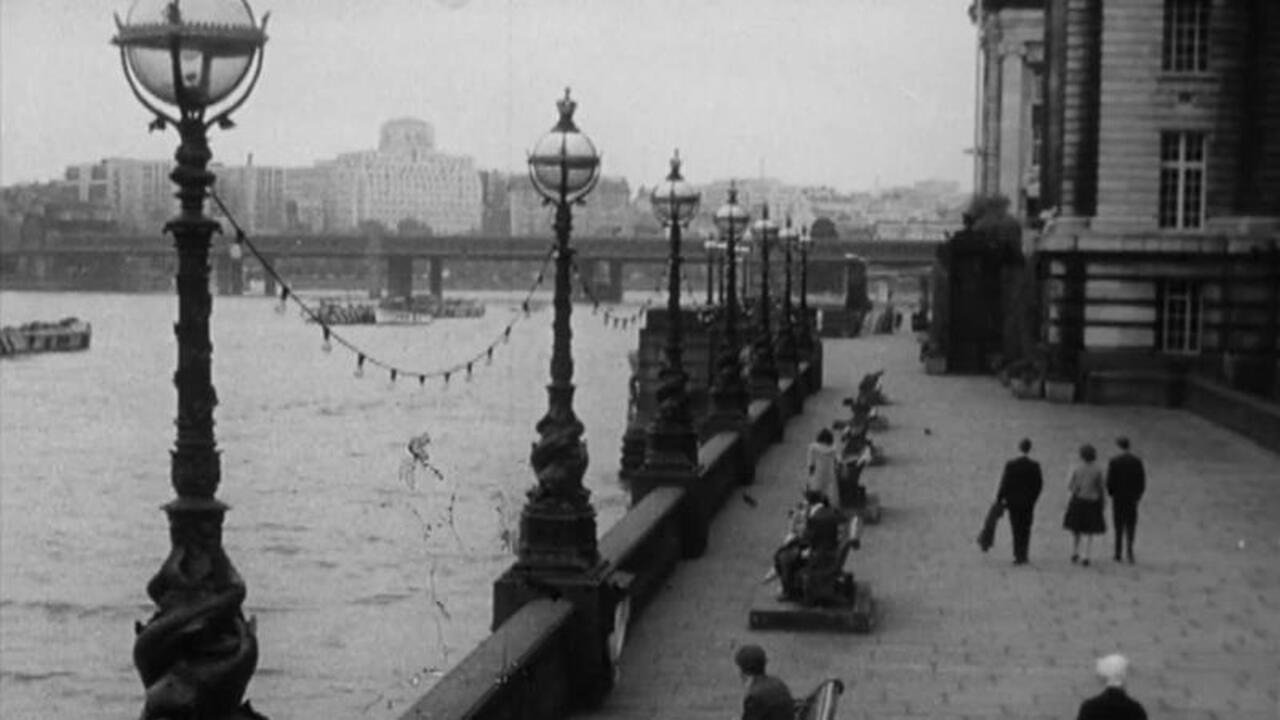
South Bank(1964)
This fascinating 60s tour catches London's South Bank in the middle of a cultural metamorphosis.

Movie: South Bank
Video Trailer South Bank
Similar Movies
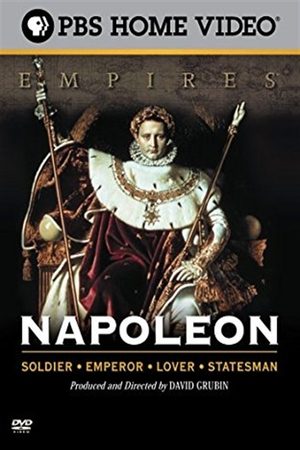 7.0
7.0Napoleon(en)
In David Grubin's NAPOLEON watch Napoleon's rise from obscurity to victories that made him a hero to the French people and convinced him he was destined for greatness. Learn of his love for Josephine Beauharnais, and his rise to Emperor. Witness his extraordinary achievements and ultimately his fall, his final battles, his exile to Elba, and his defeat at Waterloo. For nearly two decades he strode the world stage like a colossus -- loved and despised, venerated and feared. From his birth on the rugged island of Corsica to his final exile on the godforsaken island of St. Helena, NAPOLEON brings this extraordinary figure to life.
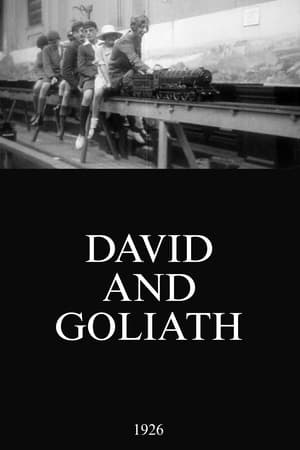 0.0
0.0David and Goliath(en)
A gleaming giant of steam and its cute Lilliputian cousin are an even match in this newsreel battle of the trains.
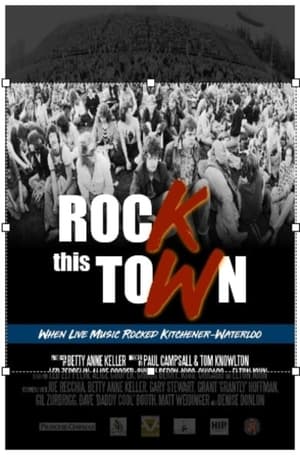 0.0
0.0Rock this Town(en)
An insider’s look into the gritty reality of building the local live music scene, Rock This Town brings to life the exciting history of rock music concerts in KW from the 1960s & ‘70s. Rock stars come and go but live music is here to stay!
Cavalry Charge: La Haie Sainte & Plancenoit - The French and Prussian Attacks(en)
Following on from Hougoumont and D'Erlon's Attack, Part III starts just as the great battle reaches its crisis point. Marshal Ney launched thousands of France's finest heavy cavalry against Wellington's thinning lines who had already taken a terrible battering on the Mont St Jean Ridge. Wave after wave of armoured horsemen broke against the steady squares of British, Dutch/Belgian and German troops. The crisis, however, took a further turn for the worse as the key bastion in Wellington's centre, the fortified farm of La Haie Sainte, fell to the French onslaught. The way to Brussels was now open and Wellington muttered, 'Give me Blucher or give me night'. With the situation looking bleaker by the second for Wellington and his troops, Napoleon fatefully hesitated to complete the coup de grace as the Prussians had closed in on his right flank at the Village of Plancenoit. Would the Young Guard be able to hold Blucher's men? There was all still to play for.
The Waterloo Collection: Hougoumont and D'Erlon's Attack(en)
Following on from Ligny and Quatre Bras, Part II starts by focusing on the concentration of the Allies on the ridge of Mont St Jean and the plans of the opposing armies. While the guns of the Grand Battery thundered in the centre, French columns bore down on the Hougoumont chateau and farm complex, which protected Wellington's flank held by the Guards and their German allies. Thus began an epic 'battle within a battle' that sucked away valuable troops from Napoleon's main attack, causing Wellington to declare that 'the battle turned on the closing of the gates at Hougoumont'.Meanwhile D'Erlons Corps attempted to bludgeon its way through Wellington's centre, not knowing that the British and Dutch line was in waiting on the reverse slope. Upon seeing the French advance, the British released a disciplined volley of musket fire that checked the French. A further brilliantly timed charge by the Household and Union Cavalry Brigades finally saw the French off.
The Waterloo Collection: Ligny and Quatre Bras - Part 1(en)
This film gives an overview of Napoleons return to France in 1815 before covering in detail the Battles of Ligny and Quatre Bras. Filmed on the Battlefields in Belgium using re-enaction footage expert Presenters follow the Emperors brilliant initial plan which however soon begins to fall apart due to flaws in the French staff, Napoleons arrogance and the courage and fighting ability of the Allied Troops. Both these battles deserve to be better known but they have been overshadowed by Waterloo the culmination of the Campaign
Victory and Pursuit: The Waterloo Collection - Part 4(en)
This final part takes us through the dramatic events when Wellington’s Anglo-Dutch Army aided by Blucher’s Prussians defeat Napoleon. The French army was outfought and Napoleon was out-generaled by Wellington. At Wavre Grouchy beat the Prussian rearguard before retreating to France. Meanwhile, the Anglo-Dutch army counted the bloody cost of the previous days fighting while Wellington wrote his controversial Waterloo Dispatch and the vengeful Prussians pursued the French towards Paris, leading to Napoleon's abdication and the occupation of the city by the Allies.
The 42nd of Foot - Black Watch - Dress and Equipment at Waterloo(en)
This film shows the kit and equipment that the 42nd of Foot, The Black Watch wore and used at Waterloo. The Battalion was in 9 Bde of Picton's 5th Division and fought at Quatre Bras and Waterloo. The 8 British Battalions in Picton's Division were all Peninsula Battalions and most probably the most relaible in Wellington's Army. Hence their use at Quatre Bras and their position at Waterloo. The Division lost 43% of its men as casualties at Waterloo including Picton himself, Wellington's greatest fighting general.
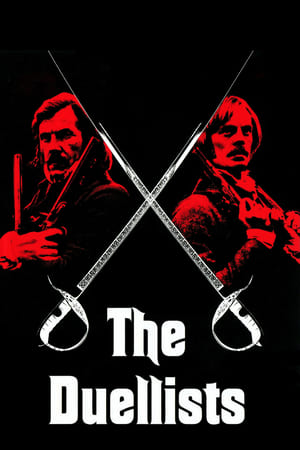 7.3
7.3The Duellists(en)
In 1800, as Napoleon Bonaparte rises to power in France, a rivalry erupts between Armand and Gabriel, two lieutenants in the French Army, over a perceived insult. For over a decade, they engage in a series of duels amidst larger conflicts, including the failed French invasion of Russia in 1812, and shifts in the political and social systems of Europe.
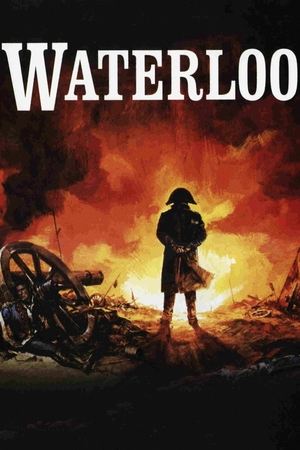 7.1
7.1Waterloo(en)
After defeating France and imprisoning Napoleon on Elba, ending two decades of war, Europe is shocked to find Napoleon has escaped and has caused the French Army to defect from the King back to him. The best of the British generals, the Duke of Wellington, beat Napolean's best generals in Spain and Portugal, but now must beat Napoleon himself with an Anglo Allied army.
 7.3
7.3Sharpe's Waterloo(en)
Based on the novel by Bernard Cornwell, "Sharpe's Waterloo" brings maverick British officer Lt. Col. Richard Sharpe to his last fight against the French, in June of 1815.
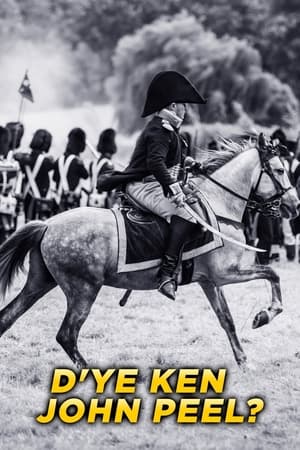 5.5
5.5D’Ye Ken John Peel?(en)
Major John Peel returns to England, following Napoleon's Waterloo defeat, and renews his acquaintance with Lucy Merrall, but she tells him she is engaged to be married. He later learns that, Cravens, the man she is to marry already has a wife. He also learns that Craven cleaned out Lucy's father in a crooked gambling game, and Lucy is paying the price to hold the family home together.
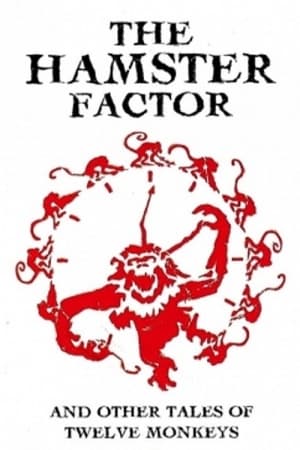 6.9
6.9The Hamster Factor and Other Tales of 'Twelve Monkeys'(en)
A documentary following Terry Gilliam through the creation of "Twelve Monkeys."
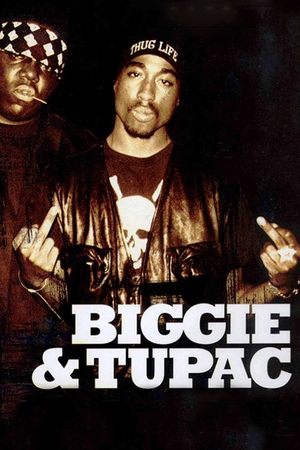 6.3
6.3Biggie & Tupac(en)
In 1997, rap superstars Tupac Shakur and Christopher Wallace (aka Biggie Smalls, The Notorious B.I.G.) were gunned down in separate incidents, the apparent victims of hip hop's infamous east-west rivalry. Nick Broomfield's film introduces Russell Poole, an ex-cop with damning evidence that suggests the LAPD deliberately fumbled the case to conceal connections between the police, LA gangs and Death Row Records, the label run by feared rap mogul Marion "Suge" Knight.
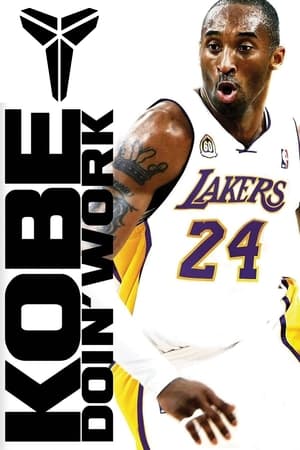 6.5
6.5Kobe Doin' Work(en)
A documentary following Kobe Bryant during one day of the 2008 NBA playoffs.
 5.9
5.9Overcoming(en)
A fascinating look behind the scenes at the 2004 Tour de France with a penetrating insight into the hermetically closed world of professional cycling, following the Danish Team CSC's experiences.
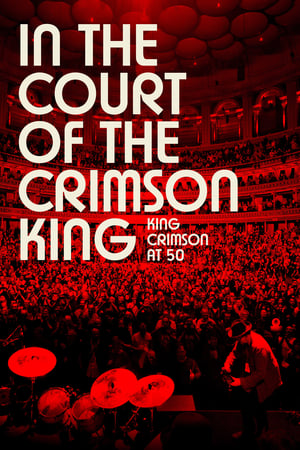 7.1
7.1In the Court of the Crimson King: King Crimson at 50(en)
The film explores the “acute suffering” and transcendent glory experienced by current and former members of King Crimson, allowing the audience an intimate and sometimes uncomfortable insight into the musicians’ experience as they confront life and death head on in the world’s most demanding rock band.
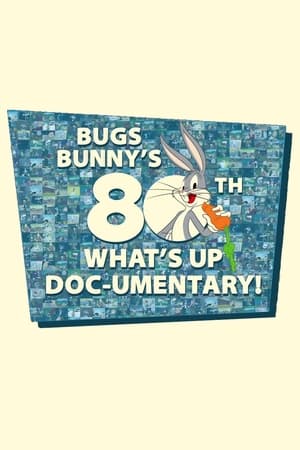 8.0
8.0Bugs Bunny's 80th What's Up, Doc-umentary!(en)
Narrated by Billy Crystal, the documentary examines the history of the character over the decades, including sketches, clips from the shorts, and interviews with the animation legends who created some of the most memorable Bugs material
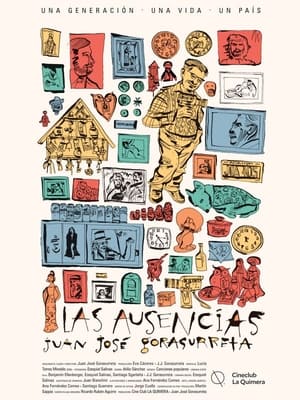 0.0
0.0The Absences(es)
The life of Juan José Gorasurreta is pierced by images. In his new feature film, the historic film society programmer appropriates the films that made him in order to find new relationships and patterns and thus generate a convergence between his personal life, that of Argentina and that of cinema. In The Absences his travels coexist with Orson Welles, activism, Fernando Birrri, the Cordobazo, his studies, Eva Landeck, family, Carlos Echeverría, the Trelew Massacre, Nagisa Ōshima, censorship, film societies, the Malvinas war, his short films. The randomness of this list vanishes as the film progresses, and gives way to a synapse that is as logical as it is moving. “It is a portrait on how Argentine history and my encounter with films designed my sensitive areas” —as he did with his own story, no one could define The Absences better than Gorasurreta himself.


